Wetland Restoration
Restore your wetland to its excellent condition by hiring Grass Plus, Inc. for professional wetland restoration services.

Exceptional Wetland Restoration
Wetlands are vital habitats that support diverse plant and animal species, improve water quality, mitigate flooding, and provide numerous ecosystem services. However, factors such as urbanization, pollution, and habitat loss have led to the decline of wetlands worldwide. Reliable wetland restoration helps reverse these effects.
Grass Plus, Inc. stands out as the leading provider of wetland restoration services. With more than 30 years of experience and expertise, we can restore wetlands to their full potential. Our approach involves thorough planning, site assessment, and effective restoration strategies tailored to each wetland’s unique needs.
Our Wetland Restoration Process
Grass Plus, Inc.’s wetland restoration services involve a comprehensive approach to recreate or enhance the ecological functions and values of degraded or lost wetland areas. Our team of experts combines scientific knowledge and field experience to deliver effective wetland restoration solutions. Here are some of the critical components involved in our wetland restoration process:
1. Hydrological Restoration
We analyze site conditions and develop strategies to restore the natural hydrological regime of wetlands. Through precise water flow management, including modifying channels and implementing water level control structures, we create balanced hydrological systems that mimic historical conditions and ensure proper water balance.
2. Vegetation Management
Our restoration efforts focus on planting native wetland vegetation species and encouraging their natural regeneration. We carefully select and establish wetland plants that are adapted to specific site conditions to promote biodiversity, stabilize soils, and provide crucial habitats for wildlife.
3. Soil and Sediment Management
We employ effective soil and sediment management techniques to improve the quality of wetland soils. These include soil amendment, sediment removal, or grading to create suitable conditions for wetland vegetation growth and improve the overall health of the ecosystem.
4. Wildlife Habitat Enhancement
Our wetland restoration projects prioritize creating and enhancing wildlife habitat. We design and construct ponds, channels, and other wetland features that provide diverse habitats for various wetland-dependent species. Incorporating habitat structures further enhances wildlife habitat and promotes biodiversity.
5. Monitoring and Adaptive Management
We believe in ongoing monitoring and adaptive management in wetland restoration. We conduct regular assessments to evaluate the success of restoration efforts and make necessary adjustments to optimize outcomes. This iterative approach ensures that every wetland restoration project continues to meet its goals and objectives.
6. Stakeholder Engagement and Collaboration
We recognize the significance of stakeholder engagement and collaboration in wetland restoration projects. We work closely with government agencies, conservation organizations, landowners, and local communities to incorporate their input, address concerns, and foster a sense of ownership and stewardship for the restored wetland.
Other Reclamation & Erosion Control Services
Get In Touch
- Email Us
- (801) 394-2244
-
554 E. 2200 N. Eden,
UT 84310 -
Monday to Friday,
9 AM to 5 PM
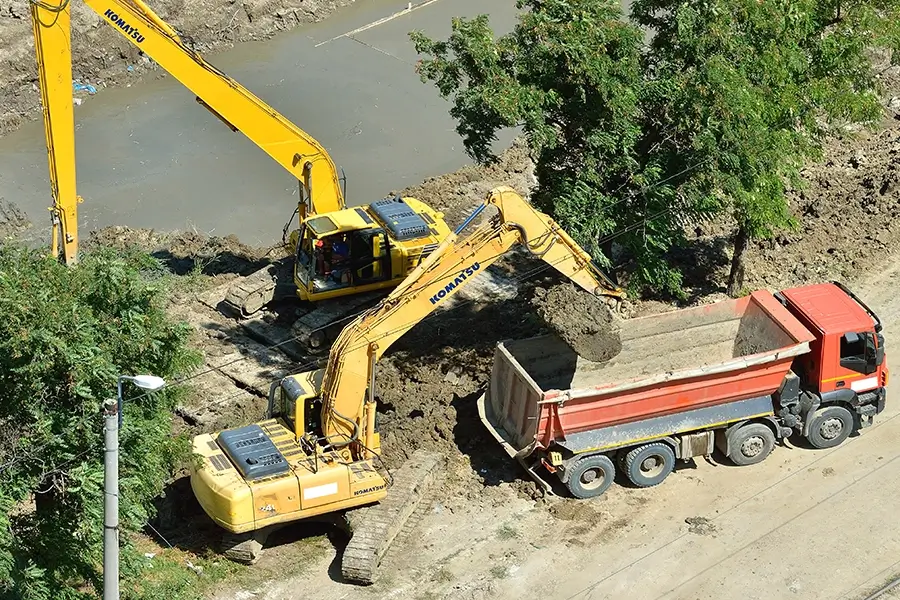
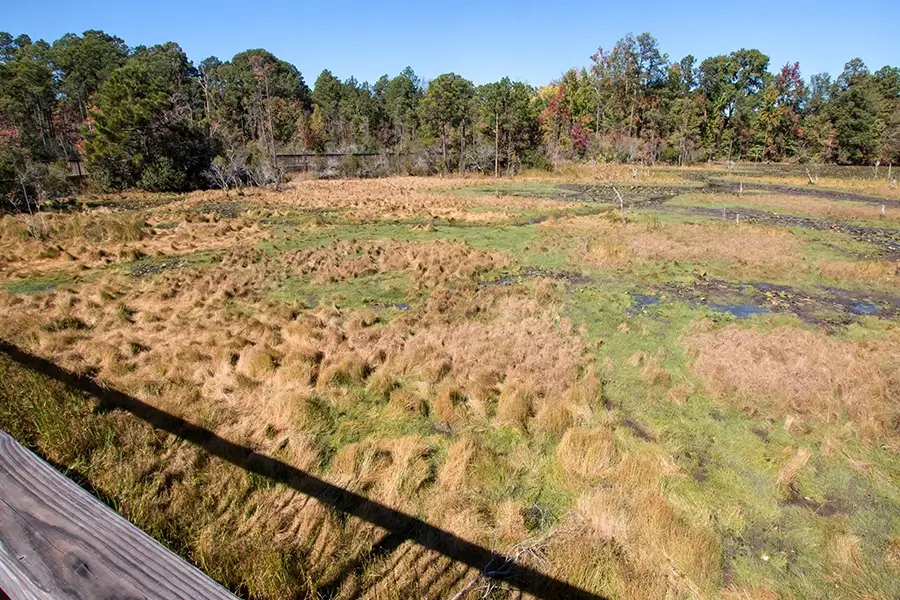
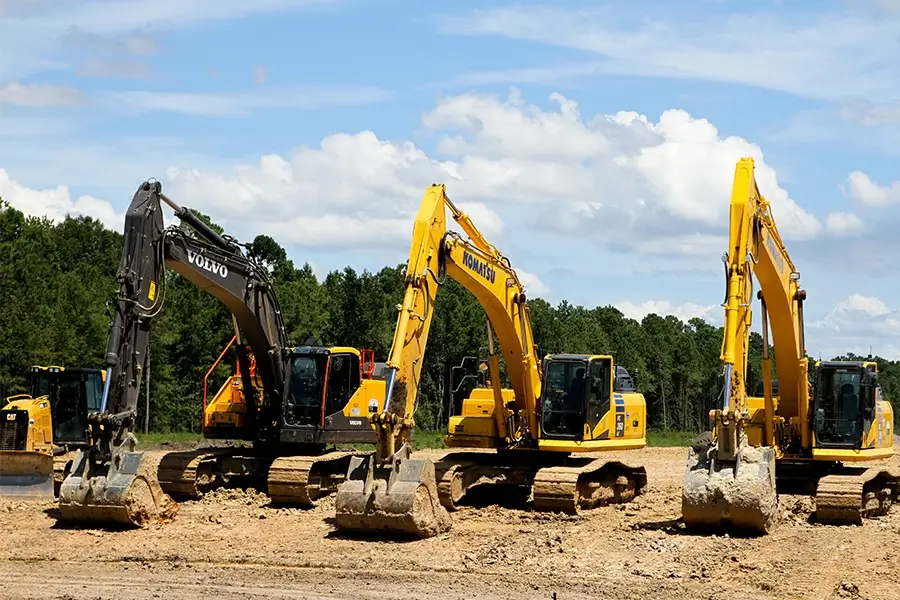
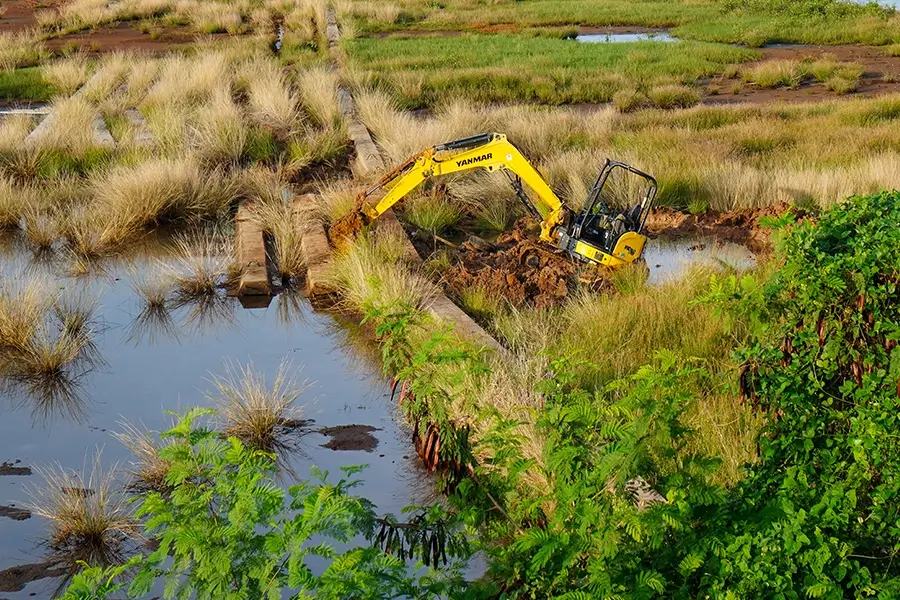
Creating Beautiful Utah Landscapes Since 1993
Wetland Restoration Benefits
Wetland restoration offers numerous benefits to both the environment and society. Here are some key benefits:
1. Biodiversity Conservation
Wetlands are among the most biologically diverse ecosystems that support many plant and animal species. Restoring wetlands helps preserve and enhance biodiversity by providing habitat for various species, including endangered and migratory birds, fish, amphibians, and other wetland-dependent flora and fauna.
2. Water Quality Improvement
Wetlands act as natural filters, trapping and removing pollutants from water. Restoring wetlands can improve water quality, as it reduces nutrient runoff, sedimentation, and the concentration of contaminants. This is particularly important for protecting downstream water bodies and ensuring a clean and healthy water supply.
3. Flood Control and Erosion Prevention
Wetlands are natural buffers against floods and erosion. They absorb and store excess water during heavy rainfall, reducing the risk of downstream flooding. By preventing erosion and protecting adjacent areas from the damaging effects of water currents, wetland vegetation and soil also help stabilize shorelines and riverbanks.
4. Climate Change Mitigation
Wetlands play a significant role in climate change mitigation. They store large amounts of carbon dioxide (CO2) in their vegetation and soils and help mitigate greenhouse gas emissions and combat climate change. Restoring wetlands can enhance their carbon sequestration potential and contribute to global efforts to reduce CO2 levels.
5. Recreation and Education Opportunities
Wetlands benefit economically by supporting tourism, fisheries, water supply, and flood protection. Restored wetlands can attract visitors, boost local economies, provide sustainable fishing grounds, and reduce infrastructure costs associated with flood damage.
FAQs
Here are some of the most asked questions regarding wetland restoration:
1. What is wetland restoration?
Wetland restoration is the process of re-establishing or enhancing the ecological functions and values of a degraded or destroyed wetland. It involves the rehabilitation of hydrological patterns and reintroducing native plant and animal species.
2. What types of wetlands can be restored?
Various types of wetlands can be restored, including freshwater marshes, swamps, bogs, fens, floodplains, and coastal wetlands. The specific type of wetland restoration depends on the original wetland ecosystem present and the restoration goals and objectives.
3. What are the steps involved in wetland restoration?
The steps typically include project planning and assessment, site preparation, hydrological restoration (e.g., restoring water flow patterns), re-establishing native vegetation, monitoring, and long-term management. Each restoration project is unique and requires tailored approaches based on the specific site characteristics and restoration goals.
4. Are permits required for wetland restoration projects?
Depending on the jurisdiction and the scale of the project, permits may be needed to ensure compliance with environmental regulations. Consulting with local regulatory agencies is essential to understand the necessary permits and procedures.
5. Can wetland restoration help with flood control?
Yes. Wetlands act as natural sponges that can store excess water during heavy rainfall and release it slowly, reducing the intensity and impact of flooding downstream. Restoring wetlands in flood-prone areas can help regulate water flow and reduce flood risks.
6. How does wetland restoration benefit water quality?
Wetlands act as natural filters, removing pollutants and excess nutrients from the water as it flows through them. Restoring wetlands can help reduce water pollution, enhance water clarity, and improve the overall health of aquatic ecosystems.
7. What are the common techniques used during the wetland restoration process?
Common techniques used in wetland restoration include reestablishing hydrological connections, removing invasive species, and creating or restoring wetland channels or basins.
8. What challenges are there during the wetland restoration process?
Wetland restoration projects can face challenges such as altered hydrological conditions and limited availability of native plant species. Addressing these challenges requires careful planning and adaptive management.
9. Can wetland restoration support wildlife conservation?
Yes. Wetlands provide critical habitats for various plant and animal species, including migratory birds, amphibians, reptiles, fish, and invertebrates. Restoring wetlands helps preserve and enhance these habitats, promoting biodiversity and supporting wildlife populations.
10. Are there any regulations or guidelines for wetland restoration projects?
Yes. Regulations and guidelines aim to protect wetlands and their associated ecosystems. These rules ensure compliance with environmental laws and can help address potential impacts on protected species and habitats.
Why Choose Us
- Providing Professional and Quality Services Since 1993
- Specializing in a Diverse Range of Projects in Utah, Wyoming, Colorado, and Idaho
- Restoring and Stabilizing Your Land With Your Vision in Mind
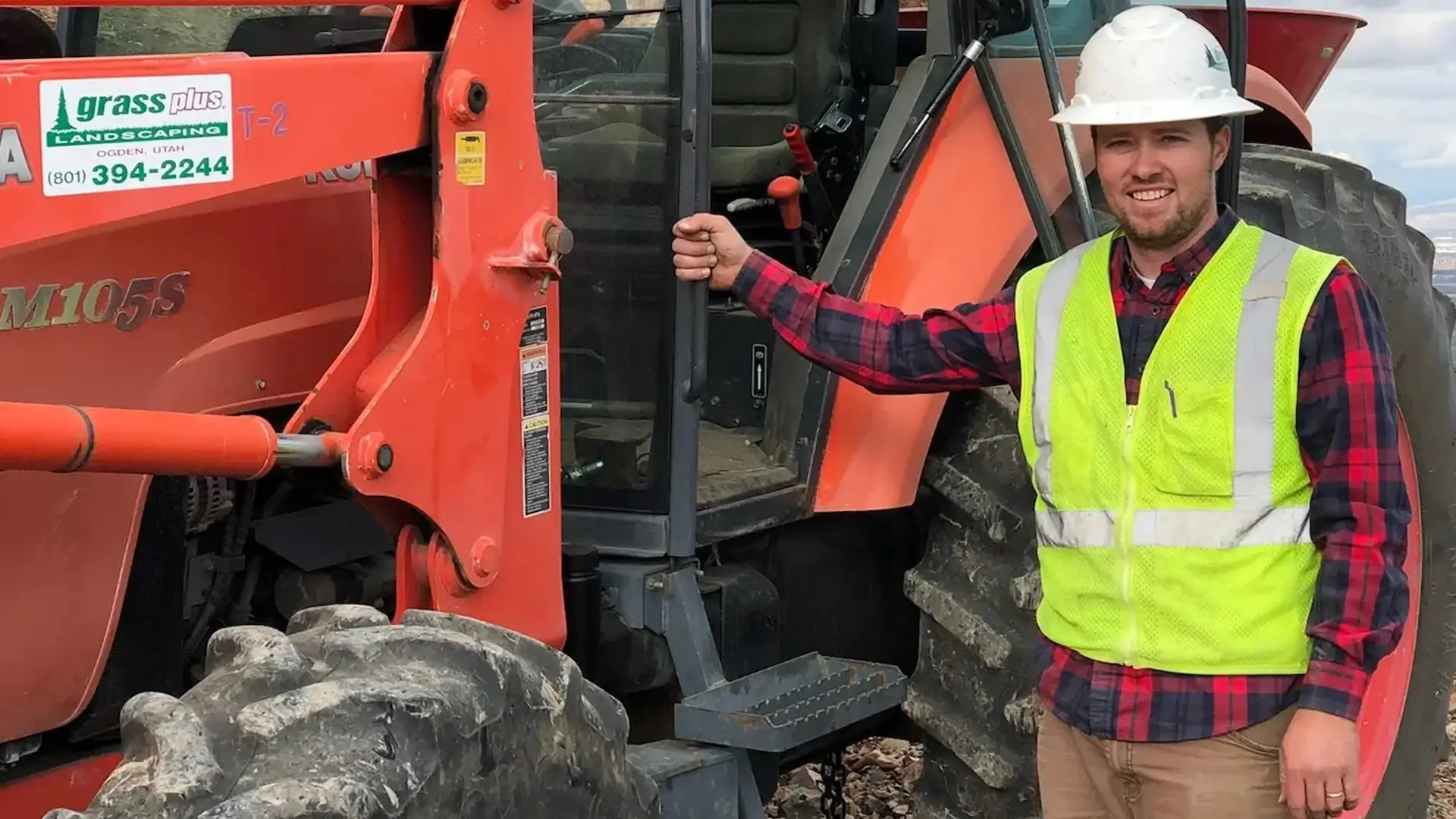
Get In Touch
- Email Us
- (801) 394-2244
-
554 E. 2200 N. Eden,
UT 84310 -
Monday to Friday,
9 AM to 5 PM
Contact Grass Plus, Inc. Today
Restore wetlands back to their natural state by contacting Grass Plus, Inc. today! If you have any inquiries regarding our wetland restoration services, feel free to contact us. Our expert team will answer all your questions and attend to your concerns.


